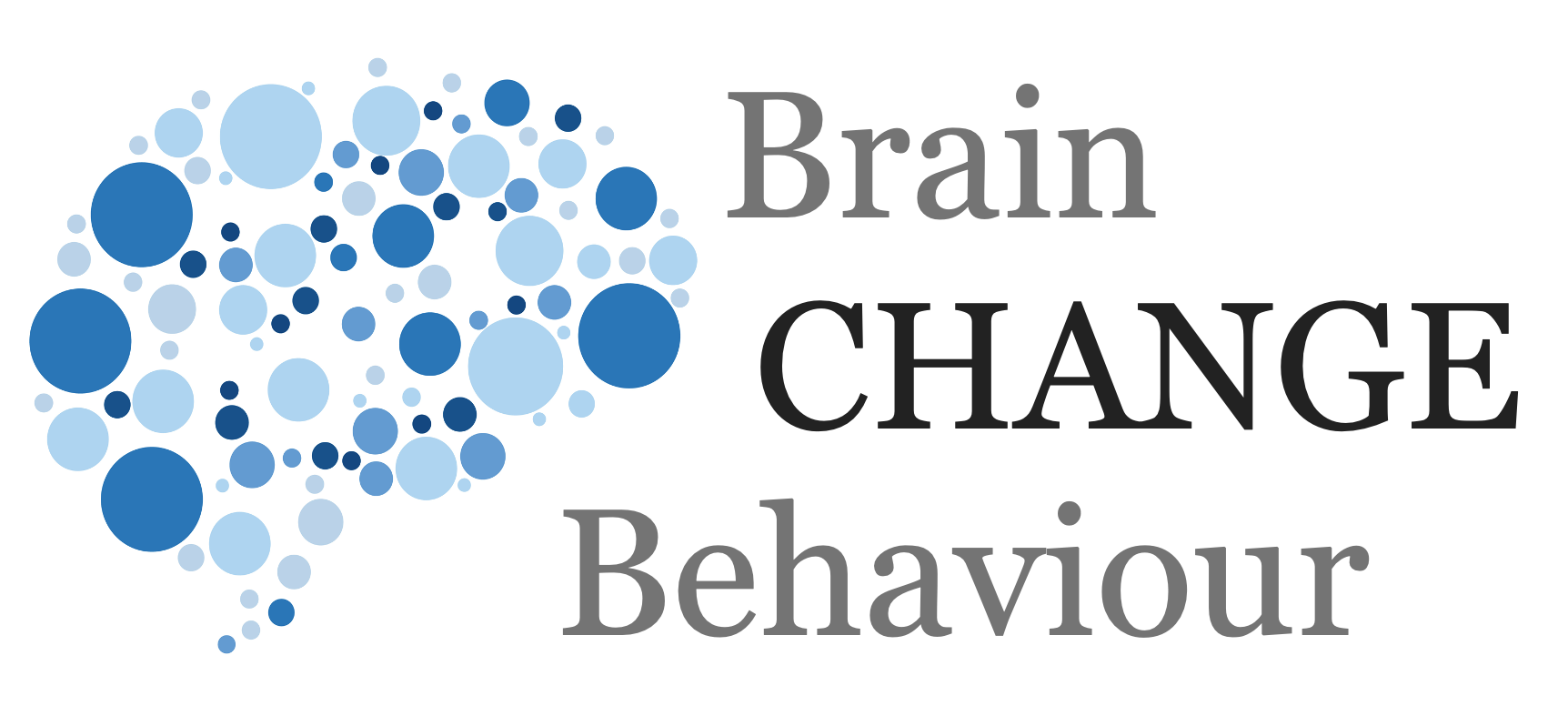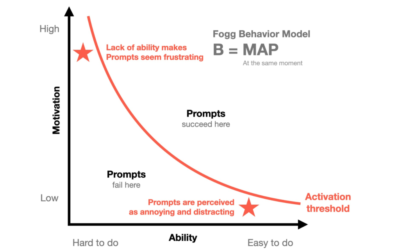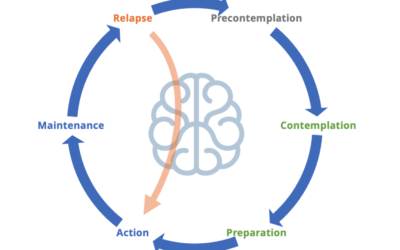Article
Change Models

When it comes to behavioural change we normally want to think very quickly about what we can do – be that as an individual or as an organisation.
There are basically only nine types of intervention though each of these can be implemented in virtually infinite ways depending on the context. At level one we outlined five briefly (environment, motivate, guide, instruct, mandate).
The nine interventions are:
-
- Environmental restructuring
- Restrictions
- Education
- Persuasion
- Incentivisation
- Coercion
- Training
- Enablement
- Modelling
These can be grouped into clusters that follow similar patterns. There is, however, overlap between the interventions:
Antecedent / Learning
These focus on influencing what happens before the behaviour or developing abilites to be able to implement the behaviour.
-
- Modelling
This is when others model the required behaviour. This can be peers, but is often influential others: senior leaders, personalities, celebrities, in the modern age of social media it could be influencers - Education
Education is about informing and building knowledge to therfore change beahviour. In the simplest form this is an awareness programme, but it could be about providing more information. this can be through almost any medium available. - Training
Training involves developing abilities for the aspired behaviour. In the sports world this is obvious – sportspeople train endlessly to improve their abilities, behaviours in the context of sport. This is also common in corporate contexts but how much training it takes to change a behaviour is more than often greatly underestimated.
- Modelling
Behaviour (internal focus)
This is about simply focusing on the behaviour itself.
-
- Enablement
Enablement can include many features – many of these could be considered antecedents or consequences strictly speaking. The point here is that simply focusing on getting the behaviour done, removing any blocks, and enabling getting the behaviour done. This is one of the most effective ways to increase take up of a behaviour.
- Enablement
Behaviour (external focus)
This is about encouraging or forcing the behaviour.
-
- Persuasion
This is one of the most common forms and one of our most instinctive. Think of encouraging a friend to join you in an activity or take up a new hobby with you. Most of the time this involves forms of “marketing” and using different forms of persuasion. This may range from frightening you, to motivating you with feel good videos. As it is persuasion there is, however, a strong push to engage in the given behaviour. - Coercion
Coercion is seen negatively, quite rightly. There are, however, situations where coercion is the only option or will save lives in the short term and so is implemented. It can also be the quickest. However, coercion can only take place with authority, if it can be policed, and if it can be forced through. It can also prove to be very unpopular.
- Persuasion
Consequence
Focused on what will happen after the behaviour.
-
- Incentivisation
Incentivisation is commonly used and is generally very effective. Incentives can include many things but often in the form of rewards for carrying out a certain behaviour. However, care must be taken because of the undermining effect.
Punishment is the negative form of this and can also be used, particularly when trying to avoid negative behaviours.
- Incentivisation
Environment
Focused on changing the environment to change the behaviour.
-
- Environmental restructuring
Environmental restructuring is all about how changes to the environment help to change a behaviour. This can be through changing road layouts to slow drivers down on the roads, to changing choices on menus, to positioning things differently on supermarket shelves. This is generally efffective – but only to a degree. - Restrictions
Restrictions involve limiting certain factors that contribute to the behaviour.
- Environmental restructuring
Behavioural change programmes will generally engage in multiple lines of the above to encourage the desired behaviour.
The COVID19 pandemic saw a lot of the above which ranged from coercion, and legally mandating activites, to information campaigns, to celebrities taking vaccinations, to rewarding people for behaviours, or alterntively fining those who went against the regulations.
Careful analysis of the behavioural change will help you decide which is the most effective method/s.
Use this mural to analyse a behavioural change intervention.
© leading brains 2022
More Articles
Behavioural Change Theories
There have been multiple models of behaviour and behavioural change proposed over the years. These have taken different viewpoints of behaviour.
Behavioural Change Wheel
The Behaviour Change Wheel is the result of a systematic review of change models, frameworks, and theories, followed by the subsequent realisation that they were not aligned and describing different things.
Nudge
A nudge in everyday language is a gentle push. Something that is none aggressive but significant enough to be noticed and often triggers a behaviour…
B-MAT
The B-MAT model is similar to the COM-B model included in the Behavioural Change Wheel which aims to explain behaviour and its antecedents and therefore aim to guide behavioural change attempts
Social Cognitive Theory
Social Cognitive Theory by famed psychologist Bandura is grounded, as the name suggests, in social contexts saying that behaviour is driven by the triad of behaviour, personal, and environmental factors
The 6 Stages of Behavioural Change
The 6 stages of change model is also known as the transtheoretical model and focuses on the steps of change. This has focused on changing individual’s behaviour to a new healthier behaviour.
Theory of Planned Behaviour
he theory of planned behaviour is a psychological theory proposed by Icek Ajzen that links beliefs to behaviour. This builds on the theory of reasoned action







